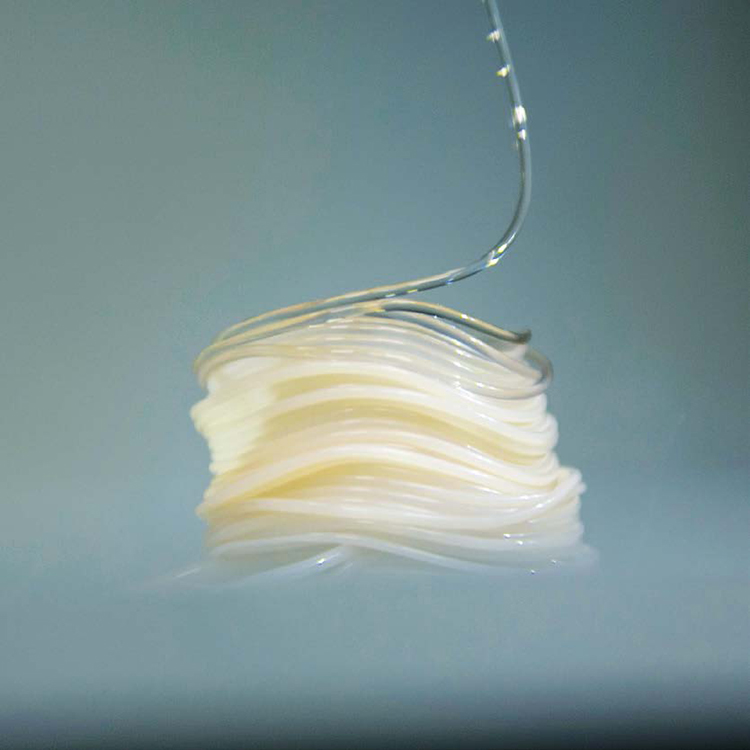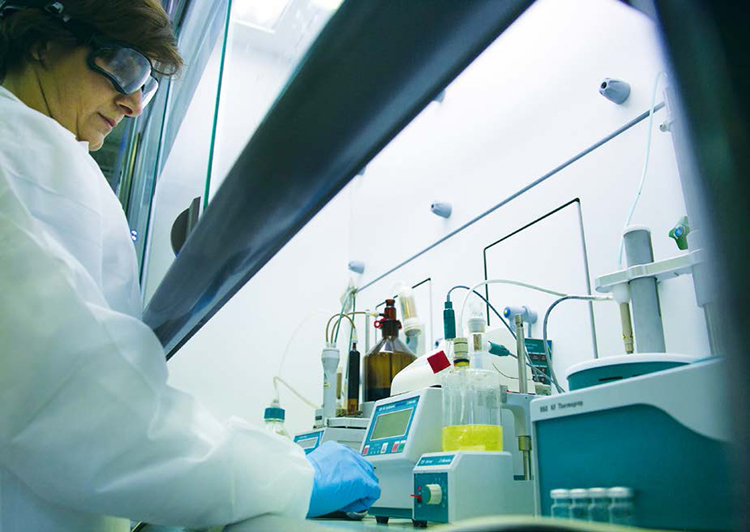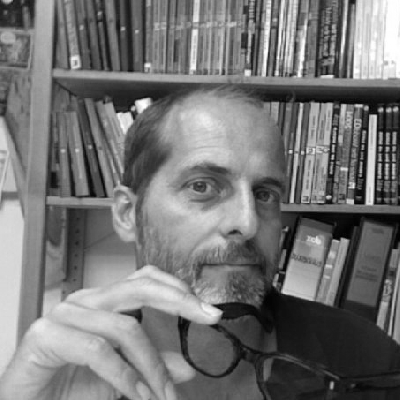The new European Strategy for the bioeconomy places emphasis on the territorial dimension: rapidly developing local “bioeconomies” throughout the continent. The geographical focal points are cities, rural and coastal areas. What is left out? Certainly not the mountainous areas of Europe, with their particular interest in forestry, representing another focal point.
According to the wording of the new Strategy, all European citizens should reap the benefits of an expanding bioeconomy, regardless of where they live.
It may seem like just another catchy slogan. The feasibility of a “territorial bioeconomy” can be measured only according to what is actually being done in a meta-sector, aggregating economic sectors that are sometimes characterised by opposite relationships with space: extensive distribution for agriculture, fishing, forestry; versus concentration of highly localised hubs for chemistry. To create connections amongst the hubs represented by plants or industrial sites and their urbanised or rural territories, an inclusive model is required – i.e. a networking model – one of the pillars of the circular bioeconomy.

With the opening of the Mater-Biopolymer plant – a Novamont subsidiary – on 19th of October 2018, Italy can now boast an exemplary networking model integrating chemistry and agriculture, that not only promotes the use of renewable resources as a replacement of fossil-derived raw materials, but also plays a role in local regeneration. In Patrica as well – the little town near Frosinone where the Mater-Biopolymer integrated biorefinery is based – Novamont has performed the reconversion of a facility born in 1992 and dedicated to the production of PET. With this acquisition and reconversion towards the production of highly renewable Origo-Bi biopolyester, Novamont has guaranteed the employment of the production site and kindled a virtuous and long-lasting development process. As well as 90 new jobs, there are local benefits, which will generate indirect employment and satellite activities that are necessary for the plant to function.

But this is not all. Consistent with the company’s vision, in her latest book Bioeconomia per la rigenerazione dei territori (Bioeconomy for territorial regeneration), Catia Bastioli, Novamont’s CEO, states that the conversion and regeneration of Patrica’s chemical site has been carried out focussing on increasingly sustainable production processes and the reduction of overall environmental impacts. Mater-Biopolymer is equipped with a system enabling cost and wastage minimisation through waste recovery in a sustainability and circular economy approach. An approach aimed at using waste that leads to the development of a wastewater treatment process to obtain tetrahydrofuran (THF) – a strategic intermediate chemical for the chemical and pharmaceutical industries – for the first time from renewable sources (bio tetrahydrofuran). THF can be used as a chemical solvent or in the pharmaceutical sector.
The reconversion of the second production line and the recovery of THF has engendered a reduction in CO2 emissions and road transport quantifiable as:
- 246,000 tonnes of CO2 per year
- 1,296,000 kilometres travelled for the transport of waste containing THF treated and disposed of outside the plant.
Patrica is the sixth node of the network wholly made of reconverted, regenerated and interconnected sites. Different parts of the system have been modified and in some cases completely renovated; always applying innovative technologies developed by Novamont. These technologies can use raw materials from the Novamont supply chain – biobutanediol and azelaic acid, bio-based monomers – for the production of Origo-Bi® biopolyesters. These polyesters are essential components for the production of compostable Mater-Bi bioplastics.

“Novamont’s industrialisation effort over the past year has been great and is unmatched at a European level,” declares Catia Bastioli, Novamont’s CEO. “We must be aware, though, that what we have achieved so far will be worthless unless we can make site regeneration cases prevail on degradation. In conclusion, we must work together towards a regenerative approach with natural resources, which must not be seen as a limitation but rather as a great opportunity to sustainably redesign our society at a local level, making it more inclusive and sharing: where small and big players find a fair playing field. In all this the realm of agriculture and soil, its preservation and regeneration, are crucial.”
The six nodes of the network, scattered throughout six Italian regions, give a precise and tangible meaning to the European aim of a local bioeconomy that is able to respect the environment while promoting its specific needs.
C. Bastioli, Bioeconomia per la rigenerazione di territori, Edizioni Ambiente 2018; www.edizioniambiente.it/libri/1223/bioeconomia-per-la-rigenerazione-dei-territori


